Carpenter Ant Treatment | Effective Carpenter Ant Treatment Solutions
Carpenter ants can be a nightmare for homeowners, causing damage to wooden structures that can be costly to repair. If you're dealing with a carpenter ant infestation, it's crucial to take immediate action to prevent further damage to your property. In this guide, we will provide you with effective solutions for carpenter ant treatment, ensuring that your home is free from these destructive insects.

Key Takeaways:
- Identify carpenter ants correctly by their size, color, body shape, and antennae.
- Conduct a thorough inspection of your property to locate carpenter ant nests and determine the extent of the infestation.
- Use professional pest control methods such as Ficam Insect Bait and Fipro Foaming Aerosol to treat indoor infestations.
- Create a barrier around your home using Supreme IT Insecticide to prevent outdoor carpenter ant infestations.
- Take preventative measures like trimming vegetation, removing wood debris, and applying Bora-Care to protect your home from future infestations.
Identification of Carpenter Ants
To effectively treat Carpenter Ants, it is important to correctly identify them. Carpenter ants are one of the largest ant species in the United States, ranging in size from 1/4th to 3/4th of an inch. They can be black, brown, red, yellow, or a combination of these colors.
Carpenter ants have three body segments and a thin waist, while termites have two body segments and no waist. Their antennae are segmented and curved, and their hind wings are shorter than their front wings.
Differences from Termites
Proper identification is crucial to ensuring the right treatment methods are used. Differentiating Carpenter Ants from termites is important as their treatment approaches vary. While both pests can damage wood, termites feed on wood, while Carpenter Ants do not. Additionally, termites have straight antennae and equal-sized wings, while Carpenter Ants have segmented antennae and shorter hind wings. These distinctions help in accurately identifying the type of infestation and determining the appropriate course of action.
In the next section, we will discuss the inspection process to help you determine if you have a Carpenter Ant infestation in your home.
Inspection for Carpenter Ant Infestations
Before treating for Carpenter Ants, a thorough inspection of your property is necessary. Monitoring for signs of infestation is crucial to accurately assess the extent of the problem and determine the most effective treatment methods.
During your inspection, be on the lookout for the following signs of Carpenter Ant activity:
- Presence of big black or red ants
- Frass (wood shavings) around potential nesting areas
- Discarded wings near entry points
- Tapping sounds inside walls
Inspect both indoor and outdoor areas, paying close attention to woody areas that hold moisture, such as basements, crawl spaces, and attics. Check window frames, door frames, and any areas with wooden structures or high moisture content. These are common areas where Carpenter Ants establish their nests.
Identifying the source and extent of the infestation is the first step in effective Carpenter Ant treatment. This information will help pest control professionals or DIY enthusiasts strategize and implement the most appropriate and targeted treatment approach.
Remember, early detection is key to preventing further damage to your home. Regular inspections and prompt action can help you stay ahead of Carpenter Ant infestations and protect your property.
Treatment Methods for Carpenter Ants
Once Carpenter Ant activity has been confirmed, it's time to begin the treatment process. To effectively eliminate these pesky ants, we recommend using a combination of strategic methods and specially formulated products.
Indoor Treatment with Ficam Insect Bait

For indoor treatment, we suggest using Ficam Insect Bait. This granular bait contains orthoboric acid, which is highly effective in eliminating Carpenter Ants. Apply Ficam in cracks, crevices, and areas where Carpenter Ants frequent. The bait will attract the ants, leading them to consume the poisoned substance and ultimately eliminating the colony.
Fipro Foaming Aerosol for Cracks and Crevices
Fipro Foaming Aerosol is a powerful tool for treating cracks and crevices where Carpenter Ants may be hiding. This foaming aerosol is specifically designed to penetrate deep into the tiny spaces where ants hide, delivering a lethal dose of insecticide. Simply spray Fipro Foaming Aerosol into cracks and crevices or directly onto wood surfaces where ant activity or frass has been observed.
Outdoor Perimeter Barrier with Supreme IT Insecticide
When it comes to outdoor treatment, Supreme IT Insecticide is your go-to solution. This powerful insecticide creates a protective perimeter barrier around your home, preventing Carpenter Ants from entering. Mix and apply Supreme IT Insecticide according to label instructions, focusing on the foundation, areas where ants may be entering, and spots with high ant activity.
By utilizing these targeted treatment methods and products, you can effectively eliminate Carpenter Ants, both indoors and outdoors. Stay proactive and follow the instructions carefully to ensure the best results.
Prevention of Carpenter Ant Infestations
To prevent Carpenter Ant infestations, it is important to take proactive measures to safeguard your home. By implementing these preventative measures, you can significantly reduce the risk of Carpenter Ants reinfesting your property.
Trim Vegetation
Trimming vegetation away from your property is essential in creating a less appealing environment for Carpenter Ants. These pests are attracted to moisture and wood, so ensure that tree branches and shrubs are cut back and do not come into contact with your home. This will help eliminate potential entry points and nesting sites.
Remove Wood Debris
Eliminating wood debris, such as logs and woodpiles, from your property can minimize Carpenter Ant activity. These pests often nest in decaying wood, so by removing such materials, you are reducing their potential habitat. Keep your surroundings clean and clutter-free.
Apply Bora-Care
Bora-Care is an effective wood treatment that can prevent future Carpenter Ant infestations. By applying Bora-Care to wood surfaces, you create a protective barrier that deters these pests. Follow the manufacturer's instructions for proper application to ensure maximum effectiveness.
Regular Pest Control
Practicing regular pest control measures is crucial in preventing Carpenter Ants from becoming a recurring problem. Use a reputable pest control product, such as Supreme IT Insecticide, and spray it around the perimeter of your structure every 90 days. This helps create a barrier that repels Carpenter Ants and other pests.
By following these preventative measures, including trimming vegetation, removing wood debris, applying Bora-Care, and practicing regular pest control, you can significantly reduce the risk of Carpenter Ant infestations in your home. Take proactive steps today to protect your property from these destructive pests.
Key Takeaways about Carpenter Ants
Carpenter ants are destructive pests that can cause significant damage to wooden structures. Unlike termites, they do not consume wood but create nests by burrowing into it. To effectively treat Carpenter Ants, it is crucial to correctly identify them and conduct a thorough inspection of your property.
When it comes to treatment, there are several effective methods available. Ficam Insect Bait, Fipro Foaming Aerosol, and Supreme IT Insecticide are commonly used products for Carpenter Ant control. Proper prevention measures, such as trimming vegetation and applying Bora-Care, can also help prevent future infestations.
Understanding these key takeaways will empower you to effectively manage Carpenter Ants and protect your home from further damage. By taking prompt action and implementing the right treatment and prevention strategies, you can ensure the longevity and safety of your wooden structures.
Effectively Managing Carpenter Ants
In order to effectively manage Carpenter Ant infestations, it is essential to follow these key takeaways:
- Correctly identify Carpenter Ants and differentiate them from termites. Understanding their physical characteristics and behaviors is crucial in determining the appropriate treatment methods.
- Conduct a thorough inspection of your property to identify the source and extent of the infestation. Look for signs such as the presence of carpenter ants, frass (wood shavings), discarded wings, and tapping sounds inside walls.
- Choose the right treatment products based on the severity of the infestation and the areas affected. Ficam Insect Bait, Fipro Foaming Aerosol, and Supreme IT Insecticide are effective options for controlling Carpenter Ants.
- Implement preventive measures to reduce the risk of future infestations. Trim vegetation away from your home, remove wood debris, and apply Bora-Care to wooden surfaces to deter Carpenter Ants.
By following these key takeaways and taking proactive measures, you can effectively manage Carpenter Ants and protect your home from their destructive habits. Remember, timely action and regular monitoring are key to long-term success in Carpenter Ant control.
Non-Toxic Tips to Get Rid of Carpenter Ants
When dealing with a carpenter ant infestation, there are alternative, non-toxic methods that you can use to effectively eliminate these pests. By implementing prevention measures and using natural remedies, you can deter carpenter ants without the need for harmful chemicals.
To prevent carpenter ant infestations, it is important to keep your home clean and free of food sources that may attract these insects. Seal your food tightly and remove any potential nesting areas, such as piles of wood debris or moist areas.
One non-toxic option to target the ant colony is by using boiling water. Simply locate the carpenter ant nest and carefully pour boiling water into it. This can effectively kill the ants and destroy their colony.
Another non-toxic method is creating a sugar and baking soda bait. Mix equal parts of sugar and baking soda and place it in areas where you have seen carpenter ant activity. The sugar attracts the ants, and when they consume the mixture, the baking soda disrupts their digestive system.
Essential oils can also be used to disrupt carpenter ants' pheromone trails and deter them from entering your home. Peppermint oil, cinnamon oil, and tea tree oil are known to be effective in repelling ants. Simply dilute a few drops of the oil with water and spray it in areas where you have seen carpenter ant activity.
By following these non-toxic tips, you can naturally control carpenter ant infestations and protect your home from further damage. Remember to be consistent with prevention measures and regularly monitor your property to ensure that carpenter ants stay away.

Best Products for Carpenter Ants
When dealing with a Carpenter Ant infestation, it's crucial to use effective products that can eliminate these pests. One popular option is using insecticides that contain pyrethroids as the active ingredient. These insecticides are commonly used to directly treat Carpenter Ant nests, effectively targeting and eliminating the ants.
When applying insecticides, it's important to use caution and follow the instructions carefully. Insecticide dust can be applied in cracks and crevices, where Carpenter Ants often hide. However, for liquid insecticides, it's recommended to be cautious, especially near electrical outlets, to prevent any accidents or damage.
Another effective product for Carpenter Ant control is Bora-Care. This product can be applied to untreated wood surfaces, providing long-lasting protection against Carpenter Ants and preventing future infestations. By treating the wood with Bora-Care, you can create a barrier that deters Carpenter Ants from infesting your property.
To ensure the best results in tackling Carpenter Ants, it's essential to choose the right products for their control. Insecticides with pyrethroids and Bora-Care are among the top choices to effectively treat and prevent Carpenter Ant infestations in your home.
Signs and Threats of Carpenter Ant Infestations
Recognizing the signs of a Carpenter Ant infestation is crucial in preventing further damage to your home. If you spot Carpenter Ants indoors, notice ant wings, find wood shavings (frass), or discover small holes in wood, it's likely that you have an infestation. While Carpenter Ants do not pose a health threat, they can cause significant damage to wooden structures if left untreated. Immediate action is necessary to protect your home from extensive wood damage.
It's important to understand the signs and threats associated with Carpenter Ant infestations. By familiarizing yourself with these indicators, you can take prompt and effective measures against the infestation. Don't ignore the warning signs and put your home at risk. Take action now to safeguard your property from Carpenter Ant damage.
Carpenter Ants vs. Termites
Carpenter Ants and termites are two common pests that can wreak havoc on wooden structures. While they may seem similar, there are distinct differences between them that affect their treatment methods. Understanding these differences is essential in effectively combating and preventing infestations.
Wood-Damaging Pests with Different Diets
While both Carpenter Ants and termites can cause damage to wood, their diets differ significantly. Termites feed on wood, using their strong jaws to break it down and extract cellulose for nourishment. In contrast, Carpenter Ants do not consume wood but excavate galleries through it to create nests. They primarily seek out decaying or moist wood, which provides the ideal environment for tunneling.
Distinct Physical Characteristics
Another way to differentiate between Carpenter Ants and termites is by examining their physical attributes. Termites have straight antennae and equal-sized wings, while Carpenter Ants have segmented antennae and shorter hind wings. This distinction is useful in identification and can help guide treatment strategies.
Varied Treatment Approaches
Because of their unique behaviors and diets, Carpenter Ants and termites require different treatment methods. Termite infestations often necessitate professional intervention, as their colonies can be extensive and difficult to eradicate. In contrast, Carpenter Ant infestations can often be controlled through targeted treatments using products such as baits, aerosols, and insecticides.
Visual Aid:
By understanding the distinct differences between Carpenter Ants and termites, you can make informed decisions on how to approach and treat infestations effectively. If you are unsure about the type of pest you are dealing with, it is always recommended to consult a professional pest control service for accurate identification and specialized treatment plans.
Conclusion
In summary, carpenter ants have the potential to cause significant damage to wooden structures if left untreated. To effectively control carpenter ants, it is crucial to identify the signs of an infestation, conduct a thorough inspection, and use the appropriate treatment methods. By implementing prevention measures and understanding the differences between carpenter ants and termites, you can safeguard your home from further infestations.
Remember to be diligent in identifying signs of carpenter ant activity, such as the presence of big black or red ants, frass (wood shavings), discarded wings, and tapping sounds inside walls. Conduct a thorough inspection of both indoor and outdoor areas to fully assess the extent of the infestation.
Once confirmed, utilize treatment methods such as Ficam Insect Bait, Fipro Foaming Aerosol, and Supreme IT Insecticide to effectively eliminate carpenter ants. Additionally, practicing prevention measures like trimming vegetation, removing wood debris, and applying Bora-Care can help prevent future infestations.
By following these steps and taking prompt action, you can successfully treat carpenter ants and protect your home from further damage. Don't let carpenter ants compromise the integrity of your wooden structures - take control of the situation and ensure the long-term well-being of your home.
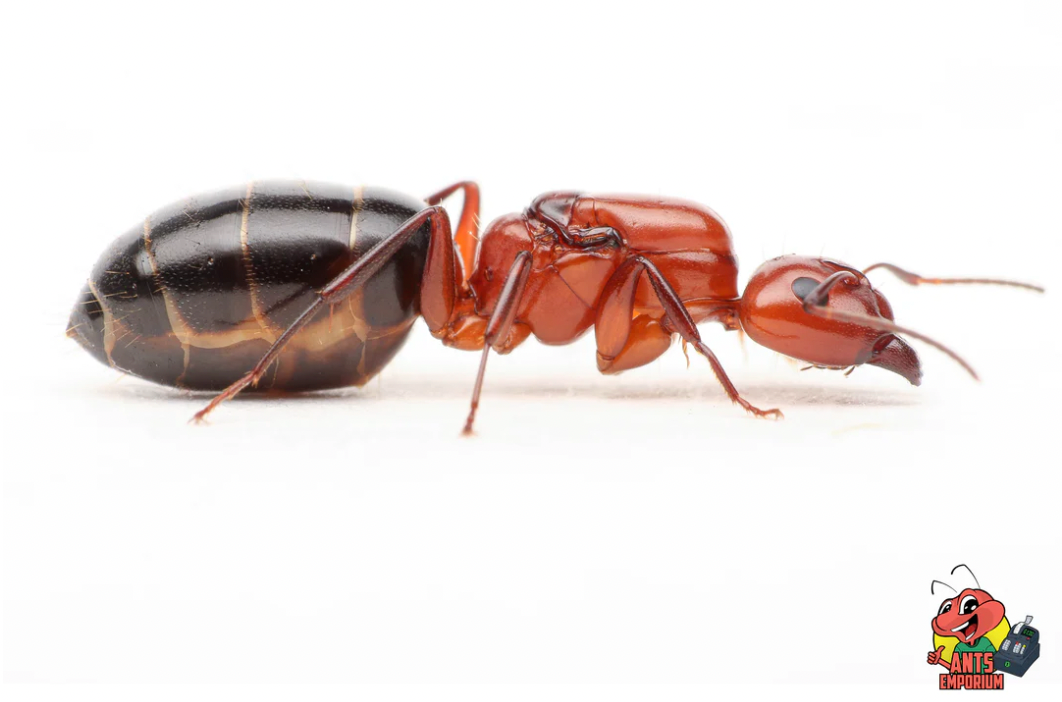
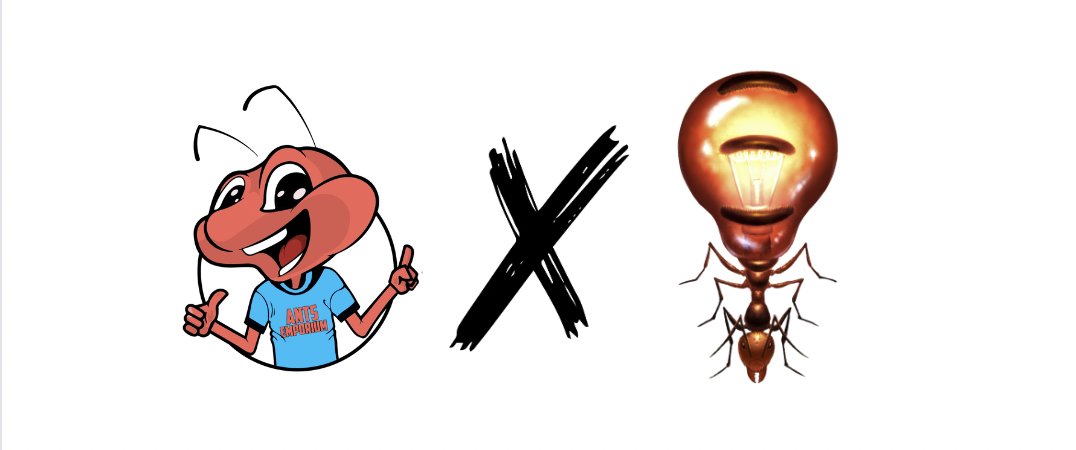
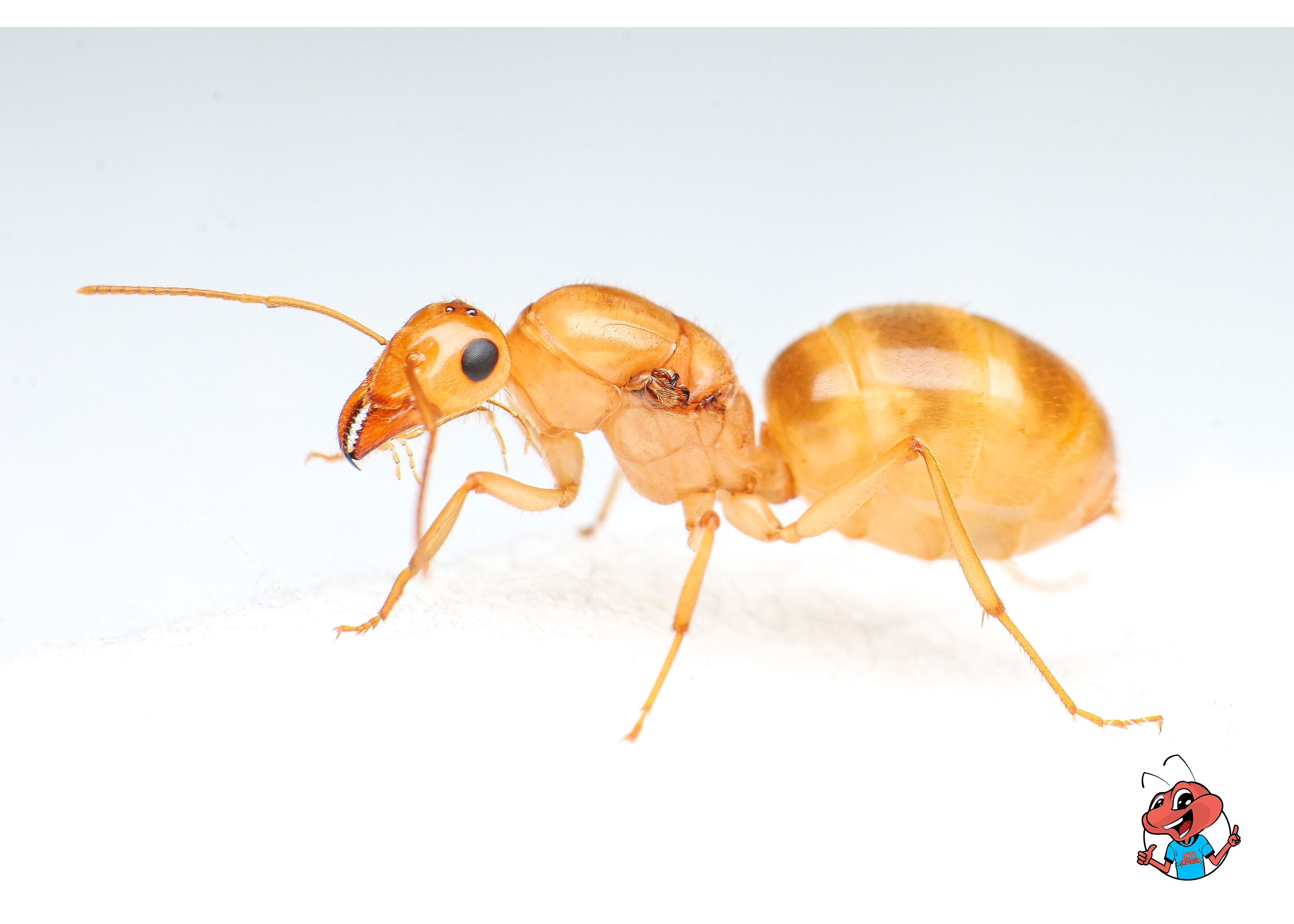
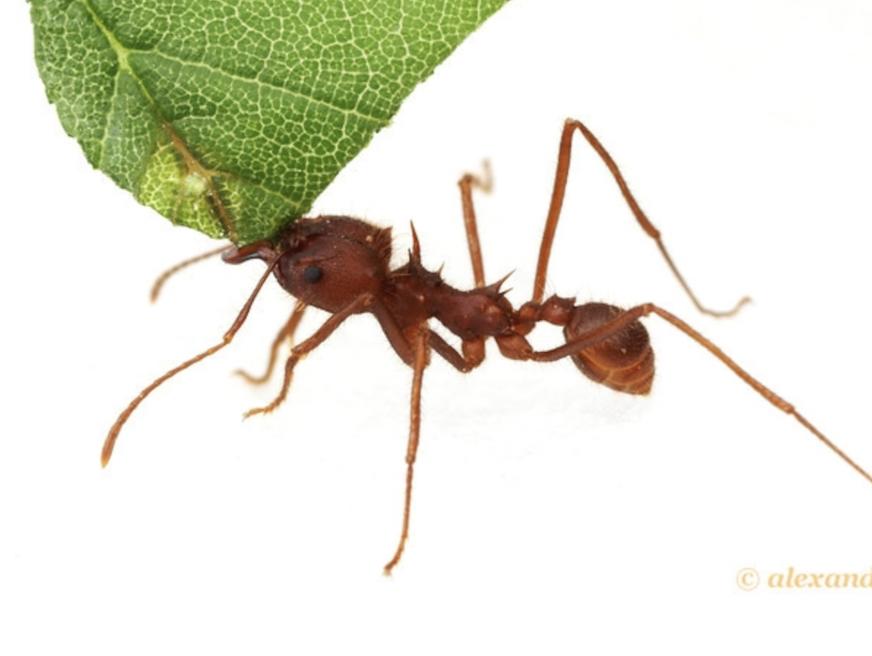
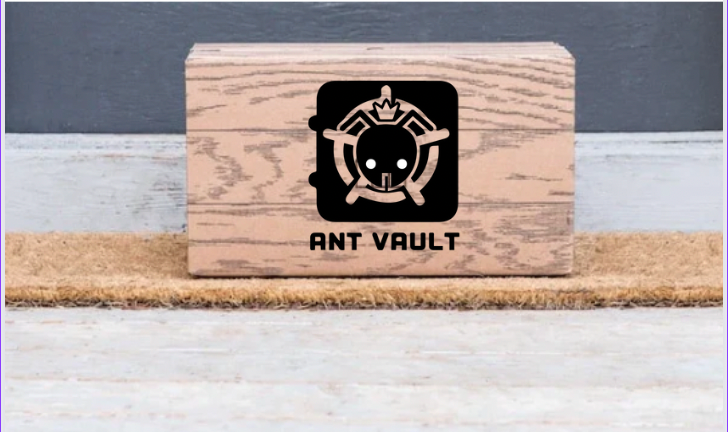


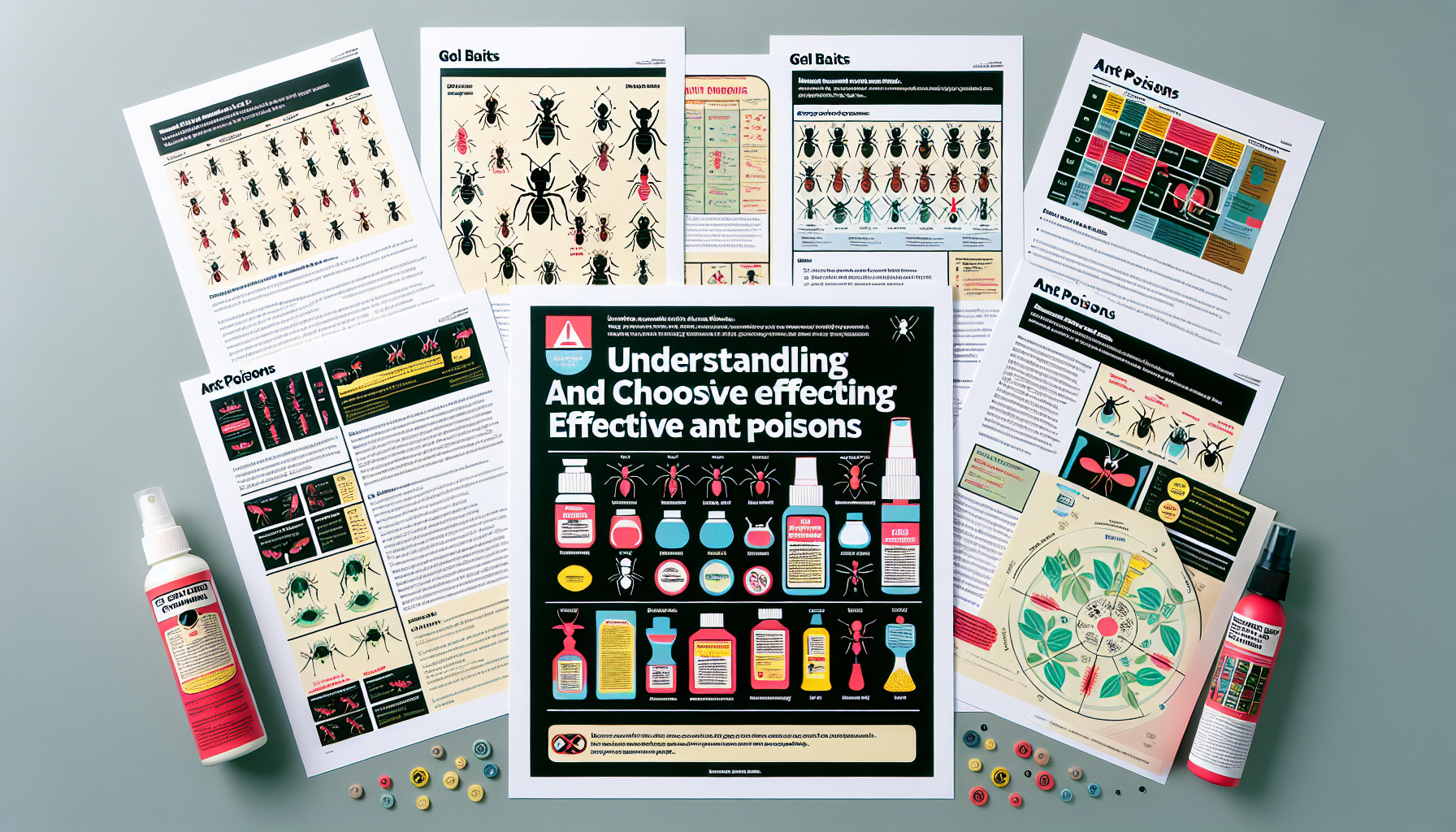
Leave a comment